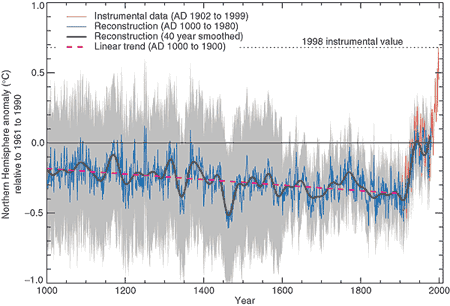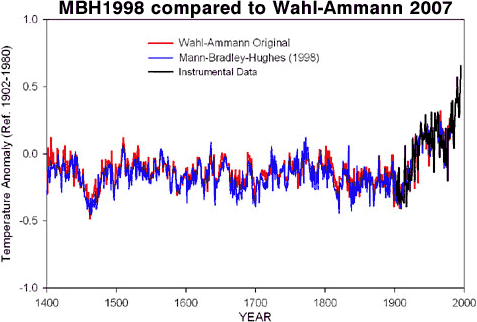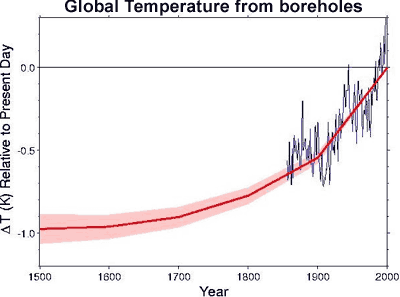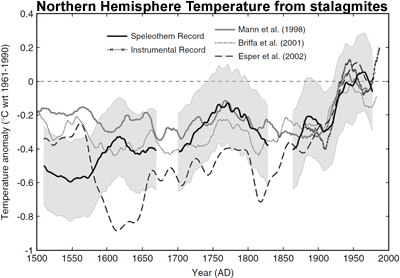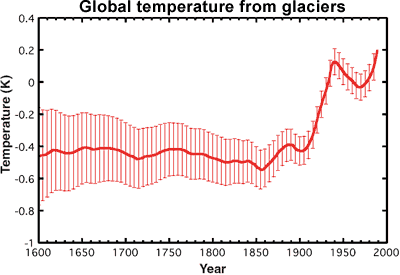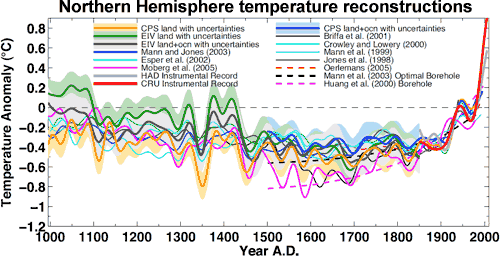CrusaderFrank
Diamond Member
- May 20, 2009
- 146,713
- 69,864
- 2,330
Nope! Those two decades had the same general warming trend as the previous two decades.2 decades...no warming.
(Credit: NOAA)
Reality confirms the truth of human caused global warming, CrazyFruitcake, it is your crackpot anti-science denier cult myths that deny reality.Why does reality deny the truth of Global warming?

Real, accurate, recent measurements show a 2 decade pause




